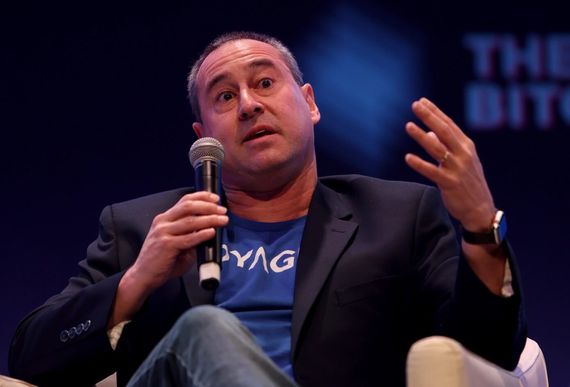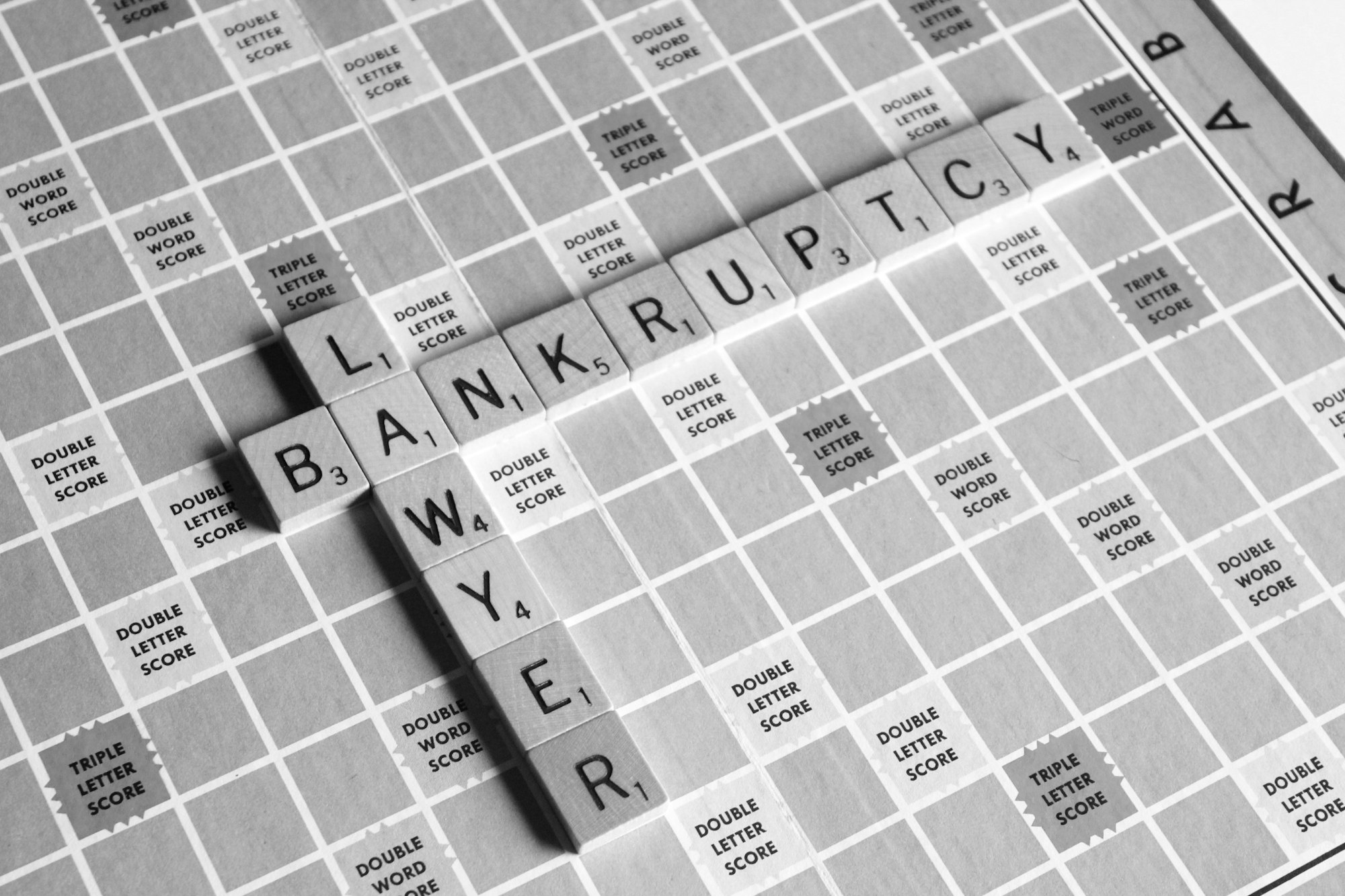What Are Ponzi Schemes?
The Ponzi scheme got its name in 1920 when Charles Ponzi promised investors he could take advantage of the difference in value between international currencies by buying postal reply coupons — which you would include in mail being sent internationally so the recipient could reply without having to pay their own mailing cost — abroad and selling them in the US.
Early investors were seeing returns — but unknown to onlookers, Ponzi was paying them with funds collected from later investors to further entice new investors. In just eight months, Ponzi had defrauded investors of $15 million. He was so successful that the scheme was named after him.
The idea of stealing from investors in a system colloquially known as "stealing from Peter to pay Paul" didn't start with Ponzi — reports of this tactic date back to the 1870s when a woman named Sarah Howe started targeting unmarried women with an investment scam. Since the scam officially got its name, Ponzi schemes have grown in scale. In 2019, $3.245 billion in stolen investments spread across 60 Ponzi schemes were uncovered by the Securities and Exchange Commission (SEC).
Though headlines may focus on the operations that defraud millions of dollars from individual investors, most Ponzi schemes target average retail investors. Here's what you need to know to avoid falling for these scams.
What is a Ponzi scheme?
A Ponzi scheme is a type of security fraud in which the central operator perpetually tricks investors into putting money into a nonexistent asset or into an asset with a highly inflated valuation. Earlier investors are then paid dividends with the money collected from later investors.
The incidents where fraudsters are conning millions out of a single investor aren't the norm. Jason Kane, an attorney who represents investors in FINRA arbitrations, says that in his experience, Ponzi schemes usually go after mom-and-pop investors "to the tune of tens of thousands of dollars."

"Most victims tend to be friends and family members, sadly," he says. Kane also says they can devastate small communities that are often built on trust, having worked with a number of church congregations that have fallen victim to a Ponzi scheme.
How does a Ponzi scheme work?
A Ponzi scheme begins with the scammer luring an initial circle of investors with some asset or complicated investing plan that promises incredibly high returns with very little risk. These investors give their money to the scammer thinking they've just made an investment, when their money is actually just going directly into the scammer's pocket.
As the scammer lures additional investors into the scheme, the original group of investors is often paid dividends with the new investors' money. Sometimes the operator might invest the money at the normal market rate, which will still be significantly lower than whatever rate they promised.
In order to sustain a Ponzi scheme, the fraudster needs to continue finding new investors to continue paying their current investors. These schemes usually fall apart when the fraudster can't find new investors. In the case of Bernie Madoff's infamous 2008 Ponzi scheme, many of his "investors" tried to take their money, an estimated $7.1 billion, out of his scheme in reaction to the 2008 financial crisis, but he didn't have nearly enough on hand — an estimated $200 to $300 million.
"Eventually, the money runs out," Kane says. "And since there's no underlying asset, or an asset that's been completely overvalued, there's really nothing left for the investors to have."
Ponzi scheme red flags
Ponzi schemes are often cleverly disguised as legitimate businesses, and operators are often associated with a legitimate business, but are independently offering fraudulent investments.
However, there are several telltale signs that you're about to step into a Ponzi scheme:
- Taking on very little risk with promises of high returns: One of the most telling signs of a Ponzi scheme is that it advertises high return rates paired with very little risk. This helps entice investors who think they've found an easy way to beat the market.
- Returns don't follow market fluctuations: Investing in the market generally means that your returns will fluctuate based on how the market is doing. Yet, when your investments have no relationship to the market — because they're phony investments — your returns won't reflect those rises and drops.
- Investment isn't registered with the SEC and doesn't require accreditation: Securities need to be registered with the SEC to be traded publicly. However, private companies are allowed to offer unregistered securities directly to individual investors. These are generally more risky, and thus investors need to gain accreditation from the SEC before being able to trade in unregistered securities. If an investment isn't registered with the SEC, yet it also accepts non-accredited investors, that's a good indicator that investment is a Ponzi scheme.
- Information on how investments work are inaccessible: A Ponzi scheme will be fraught with opacity. That means investors often have no access to how the alleged investment plans on generating money, and the operator may often claim the strategy is confidential — or they may say it's "too complicated" for normal investors to understand.
- It's difficult to pull money out of the investment: Because your money is spent when you put it into a Ponzi scheme, either into the pocket of the fraudster or to placate earlier investors, fraudsters will try to dissuade you from accessing your money or make it excessively difficult to withdraw returns.
Is bitcoin a Ponzi scheme?
The reason that bitcoin is often called a Ponzi scheme is that its value isn't tied to anything other than the market, and there is no other use for bitcoin that doesn't require you to first liquidate it into another currency. Like a Ponzi scheme, its value is largely reliant on hype and a perpetual stream of new investors.
Though there is an argument that the cost of the massive amount of energy and the hardware required to mine bitcoin gives it value, there's no regulatory body that guarantees that. If there comes a time when nobody is seeking to buy bitcoin, it will lose its value. So in this situation where the bitcoin hype (and price) die down, the last one out is a rotten egg.
Jorge Stolfi, a professor of computer science at the State University of Campinas, alleged that bitcoin is a Ponzi scheme. In his comparison, bitcoin miners are the operators of this scheme, generating an inherently valueless asset that they then sell to bitcoin investors, who are the victims.

Yet there are a few ways that bitcoin differs from a Ponzi scheme. The most obvious difference is access to information. While victims of a Ponzi scheme are usually kept in the dark about how the purported investment works, bitcoin is extremely transparent with every transaction recorded on a blockchain. The current market price of bitcoin is also available at all times.
Victims of Ponzi schemes aren't aware of what they're getting into until their money is locked away, only aware of the high reward and low risk they were promised. Bitcoin doesn't have such promises. It, and other cryptocurrencies, are widely considered to be a volatile asset. So unlike a Ponzi scheme, a bitcoin investor is usually aware of the amount of volatility they're adding to their portfolio by buying bitcoin.
As of now, it's also easy to withdraw the money you invested in bitcoin. But this might change in a situation where nobody is willing to buy any bitcoin you're putting up for sale.





